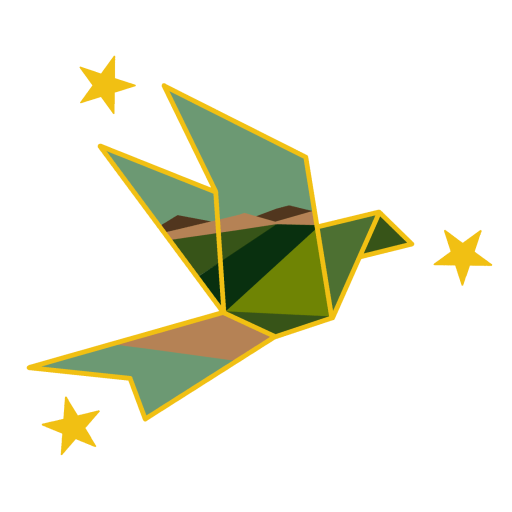During 2023, WIITH co-developed four lesson plans with Ethnic Studies educators and high school students of Pajaro Valley Unified School District (PVUSD). The lessons center primary source documents from the Watsonville is in the Heart Digital Archive to teach topics in Pajaro Valley Filipino American history.
While the lesson plans were designed to center PVUSD’s curricular requirements, our team consulted California’s History-Social Science content standards as well as the values and principles that guide Ethnic Studies education. It is our hope that these lesson plans can be effectively incorporated into a variety of courses, principally Ethnic Studies and History, in California and beyond.
Lesson Plan 1: The Philippine Revolution, Freemasonry, Nationalism, and the Caballeros de Dimas-Alang
After completing this lesson, students will be able to:
- Analyze photographs as primary source documents
- Identify masonic influences and Philippine revolutionary or nationalist symbols in Caballeros de Dimas-Alang photographs
- Develop historical inferences based on visual analysis
- Connect world history to local community experiences
Lesson Plan 2: Filipino Oral Histories of World War II
After completing this lesson, students will be able to:
- Practice active listening, audio comprehension, and note-taking skills
- Indicate central themes in oral history interviews regarding the impacts of World War II on
Filipinos - Locate primary sources in an archival database to supplement themes identified in oral history
interviews - Synthesize primary sources to present one experience of World War II
- Connect World and US history to local community experiences
Lesson Plan 3: Filipino Migrants, Race, and Interracial Relations
After completing this lesson, students will be able to:
- Close-read textual primary source documents for racial stereotypes and beliefs
- Practice active listening, audio comprehension, and note-taking skills
- Compare and contrast textual primary sources with oral historical and fictional accounts
- Connect US history to local community experiences
Lesson Plan 4: Gardening and Music-Making with the Manong: How Leisure Builds Communities
After completing this lesson, students will be able to:
- Share personal experiences of leisure and their significance to one’s self
- Relate one’s own experiences to that of classmates
- Infer the significance of leisure activities for Filipino farmworkers
- Reflect on the importance of leisure activities for personal and community well-being
- Connect US history to local community experiences
Lesson Plan Creators:
Dr. Kathleen Cruz Gutierrez (Co-PI, WIITH); Meleia Simon-Reynolds (Education Team Lead, WIITH); Ian Hunte Doyle (Education Team Intern, WIITH); Amarra Marrero (Education Team Intern, WIITH); Bobby Pelz (English Ethnic Studies Teacher, Watsonville High School); Hilary Kluger (History Social Science Curriculum Coach, PVUSD); Tommy Herz (World History Ethnic Studies Teacher, Watsonville High School); Morielle Mamaril (Student, Watsonville High School); Bella Umeki-Martinez (Student, Watsonville High School).
This project was funded by the Monterrey Peninsula Foundation and The Humanities Institute.
